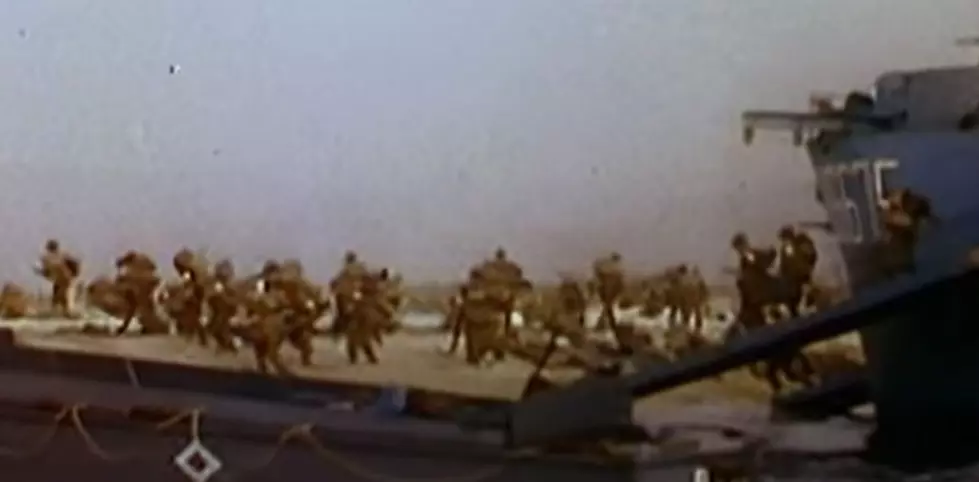
D-Day: Remembering the Cost
On June 6th, 1944 allied forces stormed the beaches of Normandy in France. This was the theater of battle and one of the most pivotal attacks against the German war machine in World War II. Originally known as codename Operation Overlord it would become known as D-Day and the beginning of the end for World War II.
Britain, the USA, and Canada sent 160,000 troops under the command of Dwight D. Eisenhower; the armada included 5,000 ships and 13,000 aircraft on the day of the landing. This bloody fight on the beaches would liberate Northern France from German control.
Leading up to the attack, plans of deception were carried out to mislead Germany. Planning for the operation began in 1943 and in the months leading up to the invasion, allied forces conducted substantial military deceptions; like codenamed Operation Bodyguard. The key part of the strategy was to attempt to hide the amount of troop buildup in Southern England, by developing threats across the European war front, and to emphasize an Allied focus on major bombing campaigns. This misled the Germans as to the date and location of the main Allied landings.
The weather on D-Day was not ideal for landings, and the operation had to be delayed 24 hours. In fact, any further postponements would have created, at least, a two week delay. These issues were caused by phase of the moon, the tides, and time of day. That meant only a few days each month were deemed suitable for Operation Neptune, which was the amphibious assault of Normandy.
Allied infantry and armored divisions began landing on the coast of France at 6:30am, with the 50-mile Normandy coast divided into five sectors: Utah, Omaha, Gold, Juno, and Sword. Strong winds blew the landing craft east of their intended positions, particularly at Utah and Omaha. The men their landed under heavy fire from gun emplacements and bunkers overlooking the beaches. In addition, the shore was mined and covered with obstacles such as wooden stakes, metal tripods, and barbed wire, making the work of the amphibious teams difficult and highly dangerous. Casualties were heaviest at Omaha, with its high cliffs, around 2,000 men. At Gold, Juno, and Sword, several fortified towns were cleared in house-to-house fighting, and two major gun emplacements at Gold were disabled using specialized tanks.
The Allies failed to achieve any of their goals on the first day of the operation. Only two of the beach sectors, Juno and Gold, were linked on the first day. The five beachheads were not connected until June 12th. Despite these setbacks, the operation gained a foothold that the Allies gradually expanded over the coming months. German casualties on D-Day have been estimated at 4,000 to 9,000 men with Allied casualties documented for at least 10,000, although, 4,414 were confirmed.
This is another day that will live in infamy, especially for the men who gave their lives to free their fellow man from tyranny. Roosevelt first said those words on December 8th, 1941, the day after the attack on Pearl Harbor, which forced the US into the War. Look back and remember today the grit and determination of these men and their dedication to freedom for all.
Check out this Colorized Documentary on the D-Day Landing



